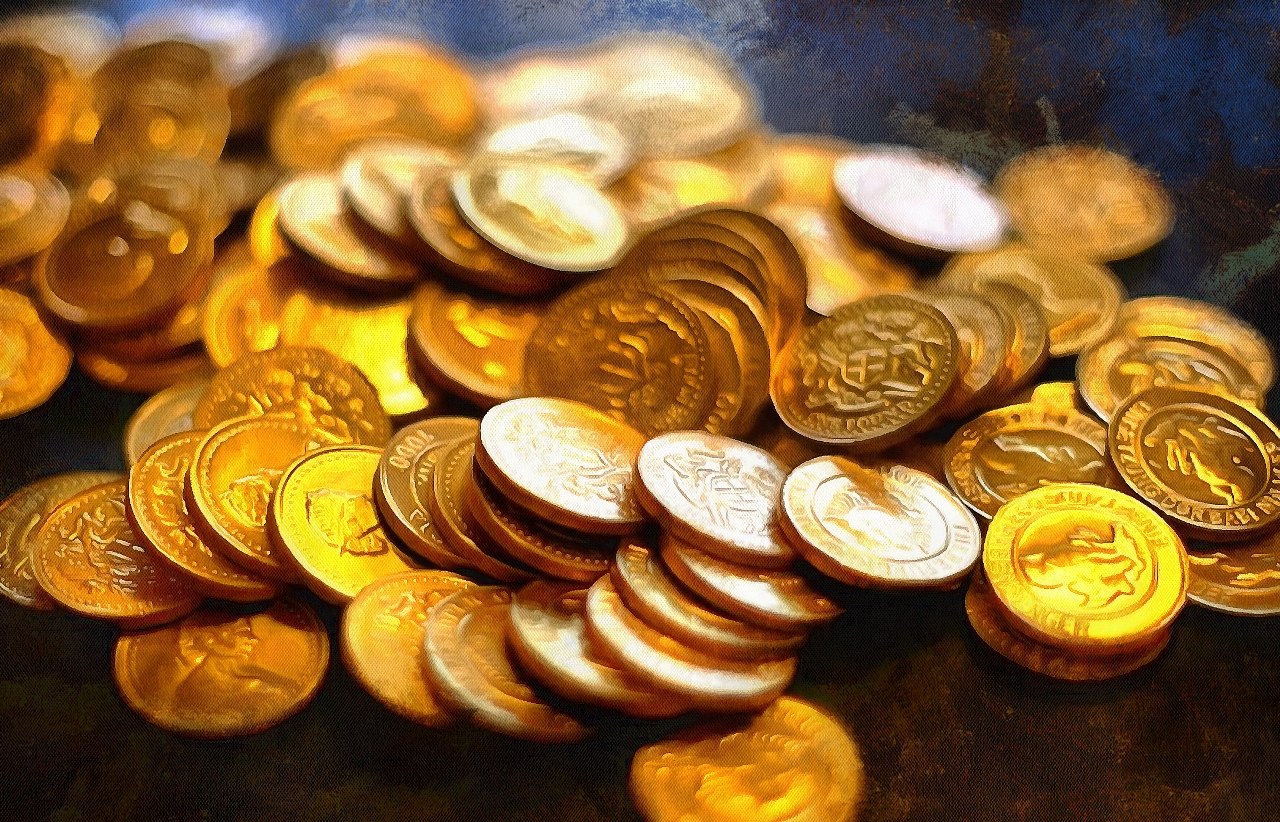Money Supply | CBCS
Money Supply and The Federal Reserve System
Here comes the first question, What is Money? Well, money is—a means of payment, a store of value, and a unit of account.

A Means of Payment, or Medium of Exchange
Money is vital to the working of a market economy. The alternative to a monetary economy is barter, people exchanging goods and services for other goods and services directly instead of exchanging via the medium of money.
How does a barter system work?
Suppose you want bread, and orange juice for breakfast. Instead of going to the store and buying these things with money, you would have to find someone who has the items and is willing to trade them. You would also have to have something the orange juice purveyor, and the bread vendor want. Having pencils to trade will do you no good if the orange juice, and bread sellers do not want pencils.
A barter system requires a double coincidence of wants for trade to take place. That is, to effect a trade, you have to find someone who has what you want and that person must also want what you have.
Medium of Exchange (or means of payment) neatly eliminates the double-coincidence-of-wants problem. Under a monetary system, money is exchanged for goods or services when people buy things; goods or services are exchanged for money when people sell things. No one ever has to trade goods for other goods directly. Money is a lubricant in the functioning of a market economy.
A Store of Value
Money also serves as a store of value—an asset that can be used to
transport purchasing power from one time period to another.
Money has several advantages over stores of value. First, it comes in convenient denominations and is easily portable. Second, because money is also a means of payment, it is easily exchanged for goods at all times. These two factors compose the liquidity property of money. Money is easily spent, flowing out of your hands like liquid.
The main disadvantage of money as a store of value is that the value of money falls when the prices of goods and services rise. If the price of potato chips rises from $1 per bag to $2 per bag, the value of a dollar bill in terms of potato chips falls from one bag to half a bag.
A Unit of Account
Money also serves as a unit of account—a consistent way of quoting prices.
All prices are quoted in monetary units. A textbook is quoted as costing $90, not 5 DVDs. Obviously, a standard unit of account is extremely useful when quoting prices.
Commodity and Fiat Money
Commodity money are those items used as money that also have an intrinsic value in some other use. Gold represents another form of commodity money. For hundreds of years gold could be used directly to buy things.
Fiat money, sometimes called token money, is money that is intrinsically worthless. The actual value of a 1, 10, or 50 dollar bill is basically zero.
The public accepts paper money as a means of payment and a store of value because the government has taken steps to ensure that its money is accepted. The government declares its paper money to be legal tender. That is, the government declares that its money must be accepted in settlement of
debts. Aside from declaring its currency legal tender, the government usually does one other thing to ensure that paper money will be accepted: It promises the public that it will not print paper money so fast that it loses its value. The decrease in the value of money that occurs when its supply is increased rapidly and is known as currency debasement.
Measuring the Supply Of Money:
The two most common measures of money are transactions money, also
called M1, and broad money, also called M2.
M1: Transactions Money
Coins and dollar bills, as well as higher denominations of currency, must be counted as money—they fit all the requirements. Checks, too, can be used to buy things and can serve as a store of value. Debit cards provide even easier access to funds in checking accounts. In fact, bankers call checking accounts demand deposits because depositors have the right to cash in (demand) their entire checking account balance at any time. That makes your checking account balance virtually equivalent to bills in your wallet, and it should be included as part of the amount of money you hold.

If we take the value of all currency (including coins) held outside of bank vaults and add to it the value of all demand deposits, traveler’s checks, and other checkable deposits, we have defined M1, or transactions money.
M1 is a stock measure—it is measured at a point in time. It is the total amount of coins and currency outside of banks and the total dollar amount in checking accounts on a specific day.
M2: Broad Money
Although M1 is the most widely used measure of the money supply,
there are others. Many of saving accounts cannot be used for transactions directly, but it is easy to convert them into cash or to transfer funds from a savings account into a checking account.

near monies– Close substitutes for transactions money, such as savings accounts and money market accounts.
If we add near monies, close substitutes for transactions money, to M1, we get M2, called broad money because it includes not-quite-money monies such as savings accounts, money market accounts, and other near monies. The main advantage of looking at M2 instead of M1 is that M2 is sometimes more stable.
Don’t forget to subscribe for updates.
Do like, comment and share.




Comments
Post a Comment